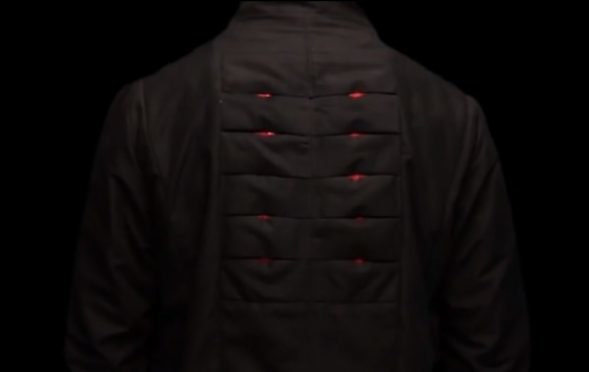Hate the feeling of being that little bit too warm in your coat while commuting?
Well, a Silicon Valley start-up is developing a jacket that automatically detects your temperature and adjusts vents in the coat accordingly.
These pores can also be open and shut manually, letting the coat’s artificial intelligence learn more about your temperature preferences.
The slits are “inspired” by microscopic stomata in plants – the tiny pores that open and close to regulate gas exchange allowing for photosynthesis.
Its creator Gustavo Cadena told the magazine New Atlas: “Over time, the jacket will become an extension of the user, synchronising its movements with the rest of the body, just like a second skin.”
The jacket’s adjusting pores are battery-operated, but Cadena says the mechanism doesn’t add more than 100g (which is just under the weight of an 130g iPhone 6) to the garment.
It would also join the wealth of tech you already have to charge overnight, with a battery the size of the one in your phone that lasts just over a day.
The garment is wind and waterproof, and the pores even shut automatically if you fall over, to keep you dry.
It doesn’t have noisy motors and only uses small voltages to open the slits. All the technology is hermetically sealed, making it safe to wash.
The company, Omius, is trialling it with runners, cyclists and skiers and an early prototype was tested on nearby Stanford’s running club.
The futuristic product isn’t on sale just yet, but a Kickstarter campaign to launch it is in the works.
